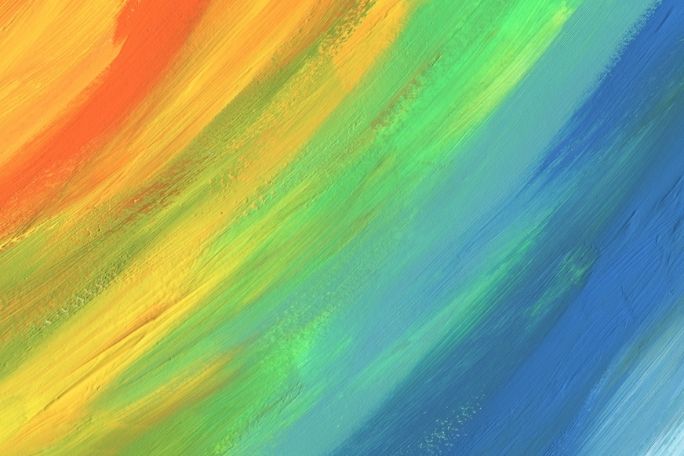Lesson summary
In this activity, students will combine the skills and knowledge from previous lessons in the Creative Sustainability unit to create a final artwork that explores how we can make one small change for sustainability. They will investigate the ways that members of their community can make a positive change towards a sustainable future, and convey those messages through a mixed-media artwork, using upcycled substrate such as cardboard, paper bags or envelopes. The artworks will be displayed at an exhibition where students can share their ideas on sustainability with a local audience.
Learning intentions:
Students will...
- know what environmental sustainability is
- are able to experiment with a range of art media and traditional art materials
- are able to choose effective display methods to exhibiting their artwork
- understand how to enhance the meaning of their work using subject matter, art conventions and materials.
Success criteria:
Students can...
- plan and create an artwork that portrays a message on sustainability
- select subject matter, art conventions, techniques and processes to strengthen the ideas and messages in their work
- work collaboratively to plan the display of their artworks in an exhibition.
Lesson guides and printables
Lesson details
Curriculum mapping
Australian Curriculum content descriptions:
Year 7 & 8 Visual Arts:
- Practise techniques and processes to enhance representation of ideas in their art-making (ACAVAM121).
- Develop planning skills for art-making by exploring techniques and processes used by different artists (ACAVAM120).
Syllabus outcomes: VAS4.5, VAS4.5
General capabilities: Literacy, Critical and Creative Thinking, Ethical Understanding
Cross-curriculum priority: Sustainability
Relevant parts of Year 7 & 8 Visual Arts achievement standards: Students identify and analyse how other artists use visual conventions and viewpoints to communicate ideas and apply this knowledge in their art making. They plan their art making in response to exploration of techniques and processes used in their own and others’ artworks. Students demonstrate use of visual conventions, techniques and processes to communicate meaning in their artworks.
Unit of work: Creative Sustainability – Year 7 & 8 – Visual Arts.
Time required: 60+ mins.
Level of teacher scaffolding: Medium – facilitate discussion and analysis of artworks.
Resources required
- Student Worksheets – one copy per student
- Device capable of presenting a video to the class
- A4 paper, artists tools including watercolour pencils, erasers, sharpeners, fine liners, brushes, water
- Watercolour Techniques Handout (printed, one per student)
- Optional: Art Elements and Principles Factsheet
Skills
This lesson is designed to build students’ competencies in the following skills:
- Collaboration
- Communication
- Community Engagement
- Creativity
- Empathy
- Ethical Understanding
- Leadership
Additional info
Faber-Castell has long understood the importance of creativity to all people, especially to young people. It is also continuously searching for environmentally friendly processes and high-quality materials to enhance children’s creative experience throughout every development phase. For more information about Faber-Castell, click here.


Welcome back!
Don't have an account yet?
Log in with:
By signing up to Cool.org you consent and agree to Cool's privacy policy to
store, manage and process your personal information. To read more, please see
our privacy policy here(Opens in new tab).
Create your free Cool.org account.
Many of our resources are free, with an option to upgrade to Cool+ for premium content.
Already have an account?
Sign up with:
By signing up to Cool.org you consent and agree to Cool's privacy policy to
store, manage and process your personal information. To read more, please see
our privacy policy here(Opens in new tab).